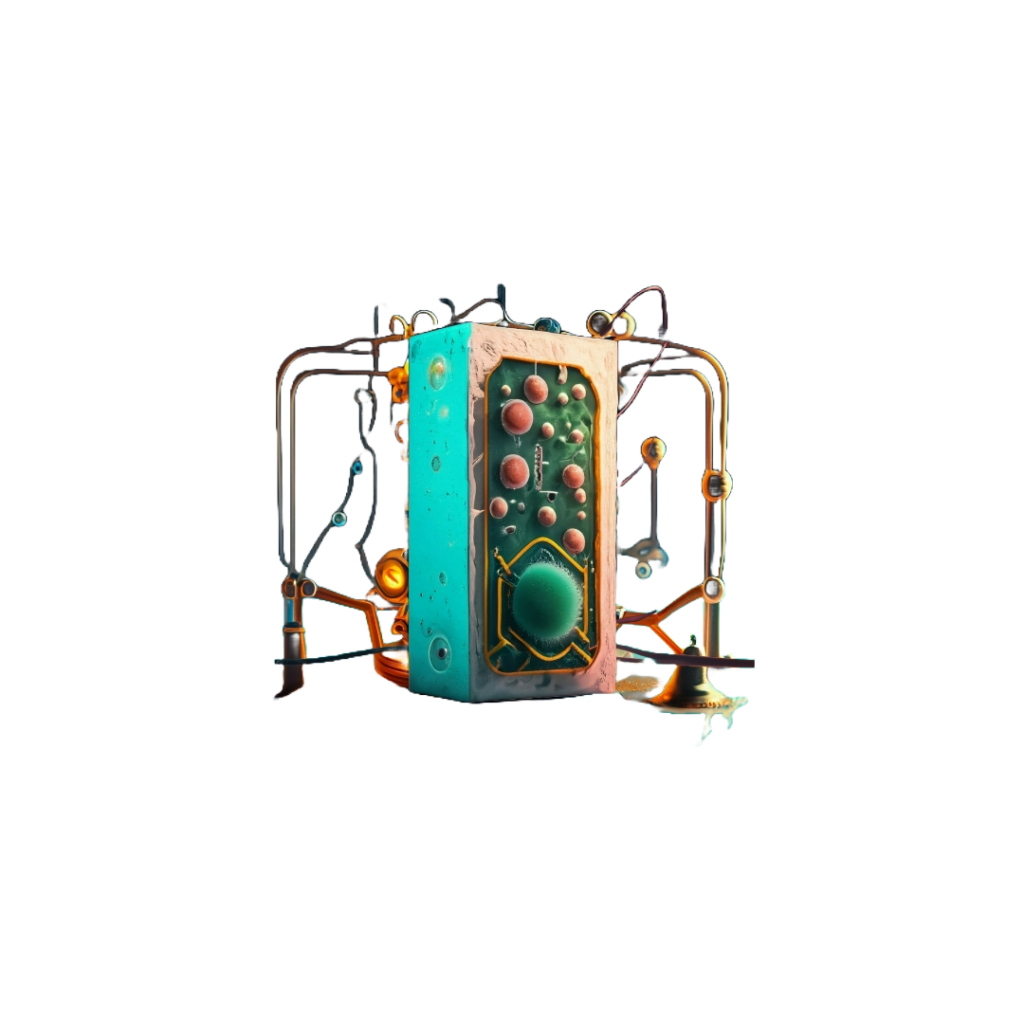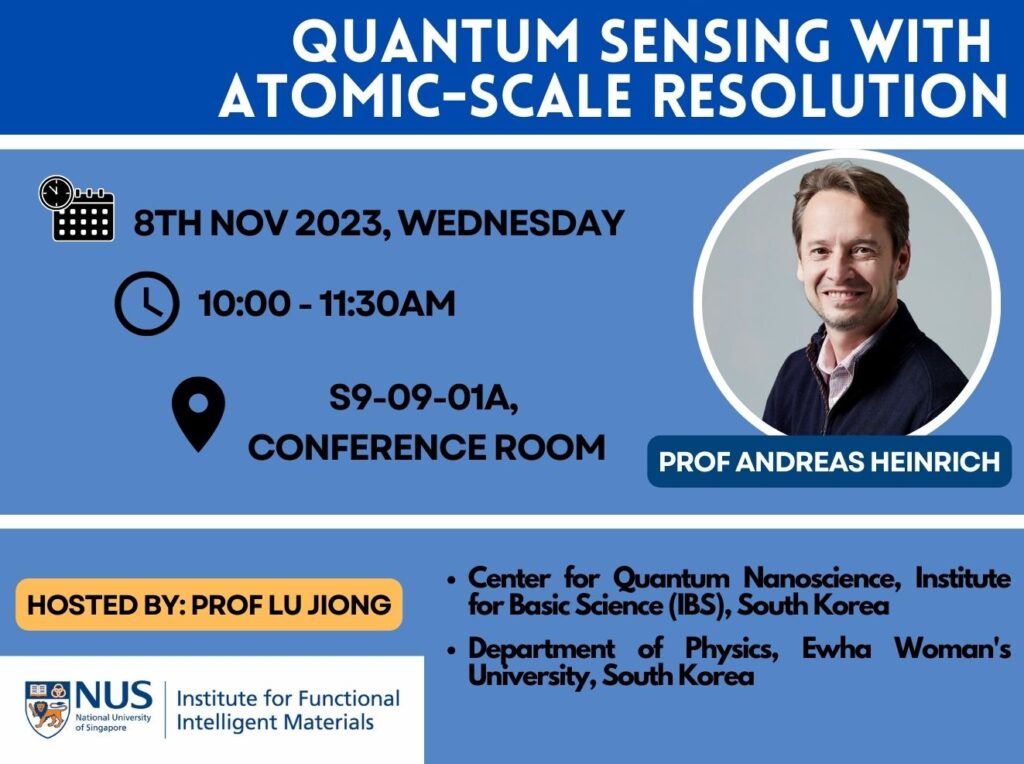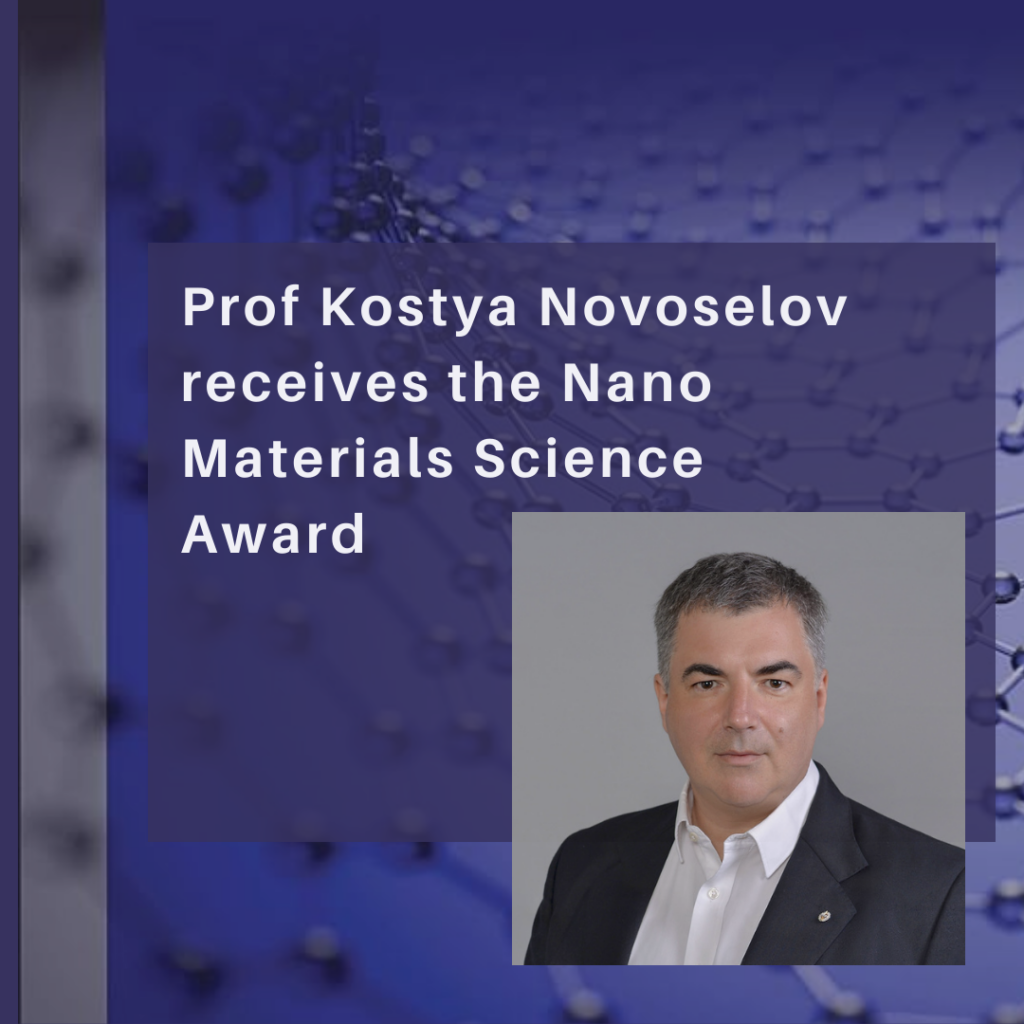Tackling a silent threat with smart nanotech
Oxidation, in its many forms, can be a double-edged sword; a boon or a bane to humanity. Think of the comforting warmth derived from burning wood or the propulsion in electric vehicles that simplifies travel sustainably, which are both underpinned by the same process. Yet, this very phenomenon, when it affects metals—materials foundational to the …










